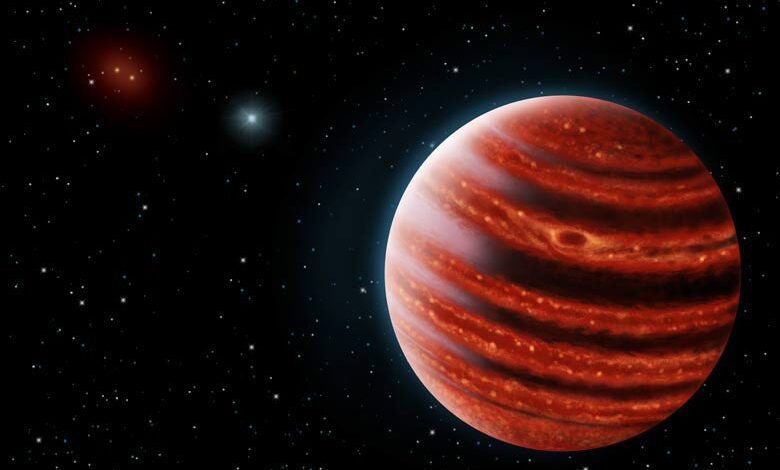Astronomers have discovered a mysterious object on the edge of the solar system that moves in rhythm with Neptune

On the outskirts of the solar system, astronomers have discovered an unusual object that moves in rhythm with Neptune, the most distant of the known planets. About this transmits Space.
The recorded skystone is the first known object whose orbit is synchronized with that of Neptune by a ratio of one to ten. In other words, it makes one revolution around the Sun for every ten revolutions of this planet, which corresponds to about 1648 Earth years. According to the authors of the paper, the object 2020 VN40 became part of a complex orbital interaction with Neptune after the planet temporarily pulled it into its gravitational field.
This body is in a region of the Solar System that is still poorly studied. Astronomers have determined that 2020 VN40 moves in a highly inclined orbit, and its average distance from the Sun is 140 times greater than the distance between Earth and the star. The most interesting thing is how this particular object moves relative to Neptune’s orbit: unlike others that approach the Sun when Neptune is far away, 2020 VN40 approaches the star when Neptune is also nearby.
Due to the high inclination of the orbit, the object does not actually pass near the planet, but is much below the plane of the solar system. This makes it unique among trans-Neptunian bodies, which usually do not go beyond this plane at the moments of approach to the Sun.
“This new movement is like finding a hidden rhythm in a song we thought we knew. It could change the way we think about how distant objects move.” – said co-author of the study Ruth Murray-Clay.
Scientists emphasize that this behavior of 2020 VN40 indicates the existence of still unexplored types of motion of bodies with highly inclined orbits.
“This is a big step for understanding the outer part of the Solar System. It shows that even very distant regions under the influence of Neptune can hide objects. It gives us new clues about how the Solar System evolved.”, – explained the head of the study, Rosemary Pike.





